- Learning time
- 20 minutes
- First play time
- 60 minutes
FORT
Designed by: Grant Rodiek
In FORT, players represent kids – innocent, lollipops-and-squirt-gun kids – building their forts. Despite the theme and cutesy presentation though, the game is surprisingly combative and reasonably complex.
All players begin with their own boards which track the development of their fort, how many resources (toys and pizza) they have along with any cards played into their lookout – we’ll come to the lookout a bit later. Players also begin with a deck of ten cards, each card representing friends that help you build your fort – but beware! Whilst two are fiercely loyal, the other eight may desert you…
On each turn you’ll have a hand of cards and choose one of them to play for the actions on the card (some actions also allow you to play extra cards of the same suit to bump up the power of the action). The card you play may have two actions – one public, which opponents can copy if they discard a card of the matching suit – and one private, which is for you alone. So what are the actions? Well, ultimately you want to improve your fort, which you pay for with toys and pizza, so some actions allow you to gather them into your storage areas of ‘stuff’ or ‘pack’. Other actions let you move cards into the lookout – this means the actions on the cards are no longer available, but the cards in the lookout help bump up the power of subsequent actions, and there are also opportunities to score points – for cards in the lookout, for resources in your stuff or pack.
Any played cards go into your discard pile, along with your recruit – a card you can take either from the communal park or one of your opponent’s yards: whatever cards you have left in your hand now go into your own yard, and may be recruited by opponents before your next turn comes around.
As your fort reaches certain levels you gain rewards – the secret Made- Up Rule card that will score you extra points at the end of the game; the openly-displayed Perk card that gives you some kind of ongoing benefit or boost. As soon as one player builds their level five fort the end game is triggered – it is possible to win without the best fort, but having the best fort certainly does no harm: the first to build a level five fort gets the macaroni sculpture for an additional few points…
Joe says
The artwork in Fort is just delightful, I'm a definite Kyle Ferrin fan. As Sam says, the heart of this is corralling your cards into advantageous combos. And my issue here is that I haven't found, in the few games I've played (all two player), that I have the opportunity to do much corralling. The decision space seems fairly small, so it doesn't ever feel like you can be terribly clever, or that you have much agency in the proceedings. That said, once you've got to grips with how the game plays, it is recommended that you draft your hand at the start of the game. That would certainly help in finding synergies between cards, so I'd like to try it that way. And at higher player counts, the clever mechanic of cards being stolen by your opponents would have more of an impact, so that might change things for the better too.
The guru's verdict
-
Take That!
Take That!
Moderate - there's no fort-sabotage, but plenty of friend defection and the occasional spicy, adversarial action.
-
Fidget Factor!
Fidget Factor!
Playing with two, it moves reasonably quickly. With more players, the fairly reactive feel can get a little staccato. But you often have the option of taking actions on another player's turn, so you're not just twiddling your thumbs.
-
Brain Burn!
Brain Burn!
How best to combine these cards? At heart it's pretty simple - gather enough resources to upgrade your fort. But how you do that, and the other orbiting actions around the basic thrust, offers a number of options. There are a lot of icons and few storage-limit type things that you need to keep track of, but the game does a good job of helping, with individual player aids and pointers on the player boards.
-
Again Again!
Again Again!
Once you know Fort the play speeds up, and the thick deck of cards offer a lot of variety as to what tactical decisions you have to make.


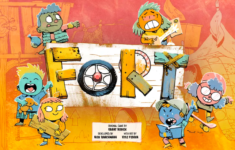
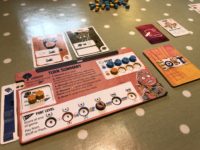
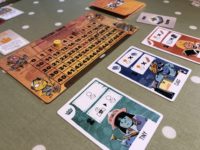

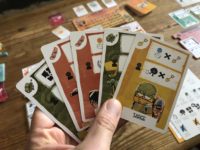
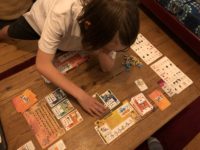


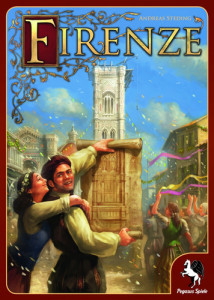
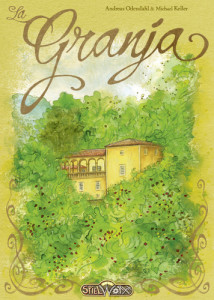
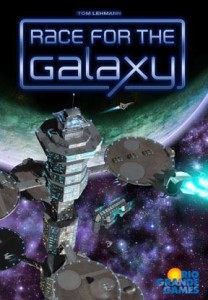
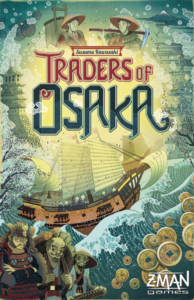
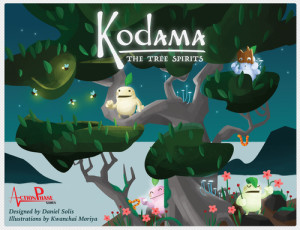
Sam says
If the theme and delightful presentation suggest a game for kids, the play itself is a little less friendly; a little more complex and demanding. It's not so much the rules themselves - the gist of play is on your board, and there's a handy sheet to guide you through the iconography - but how best to corral your cards into advantageous combos, where you gather suits for big actions, upgrade your fort at the right time, populate your lookout and - hopefully - have the right cards to capitalise on the other player's turns as well. You can feel somewhat hostage to fortune when your hand really doesn't seem to synergise at all, and there is a slight sense of managed chaos to it all - perhaps suitably so, considering the theme! How much you appreciate Fort though, may come down to how you feel about that reactive blend of actions, tactics and luck.